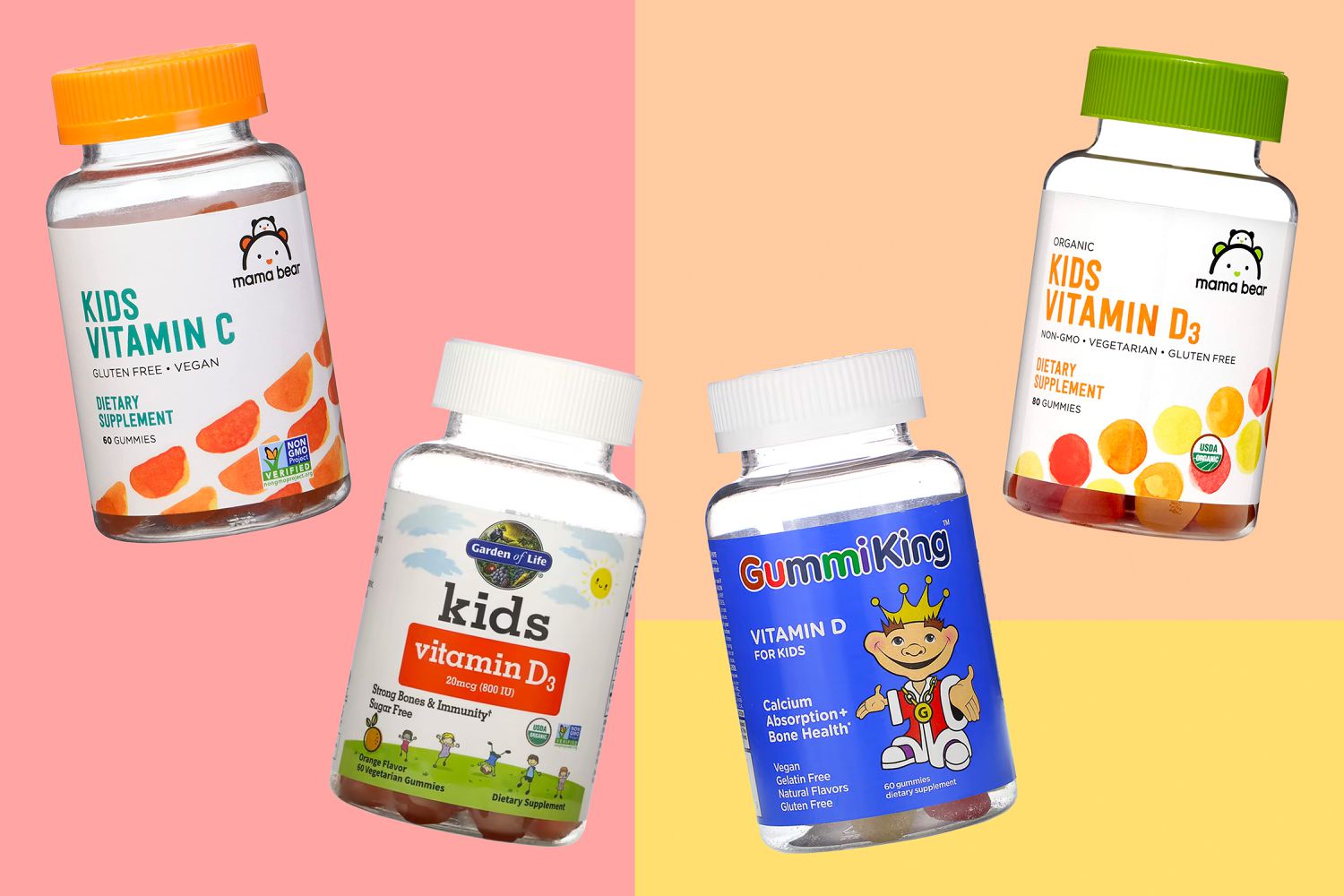- Empty cart.
- Continue Shopping
How to Choose the Right Multivitamin for Children

Multivitamins for children can be a valuable supplement to ensure they receive essential nutrients for their growth and development. However, with a wide array of options available, choosing the right multivitamin can be challenging. To help you make an informed choice, here are some factors to consider when selecting a multivitamin for your child.
1. Age-Appropriate Formulas:
Choose a multivitamin that is specifically formulated for your child’s age group. Infants, toddlers, and adolescents have different nutritional needs, so it’s important to select a product tailored to their age.
2. Check the Nutrient Content:
Examine the label to ensure the multivitamin contains a variety of essential nutrients, including:
- Vitamins: Look for vitamins such as A, C, D, E, and the B-complex vitamins (B1, B2, B3, B6, B12, folic acid).
- Minerals: Ensure the presence of minerals like calcium, magnesium, iron, zinc, and selenium.
- Trace Elements: Some multivitamins may include trace elements like iodine and copper.
- DHA and EPA: For brain and eye development, consider a formula that includes docosahexaenoic acid (DHA) and eicosapentaenoic acid (EPA), which are omega-3 fatty acids.
3. No Artificial Additives:
Avoid multivitamins with artificial flavors, colors, and preservatives. Opt for natural or minimally processed options.
4. Allergen-Free:
If your child has allergies, carefully check the label for common allergens like nuts, soy, dairy, and gluten. Choose a multivitamin that is free from any allergens your child is sensitive to.
5. Sugar Content:
Many children’s vitamins come in gummy form, which can contain added sugars. Look for options with no or minimal added sugar. Chewable tablets or liquid forms can be alternatives with less sugar.
6. Dosage and Serving Size:
Ensure the recommended dosage and serving size are appropriate for your child’s age and weight. Do not exceed the recommended dose unless advised by a healthcare professional.
7. Easy to Take:
Consider the form of the multivitamin that your child is most likely to take without difficulty. Some children may prefer gummies, while others may find chewable tablets or liquid formulas easier to consume.
8. Taste Preferences:
Multivitamins come in various flavors. Let your child choose a flavor they enjoy to encourage consistent consumption.
9. Certification and Testing:
Look for multivitamins that have been tested for quality and safety by third-party organizations. Products with certifications like the USP (United States Pharmacopeia) or NSF (National Sanitation Foundation) can provide added assurance of quality.
10. Consult a Healthcare Provider:
Before starting any vitamin or supplement regimen for your child, consult their pediatrician or a healthcare professional. They can assess your child’s specific nutritional needs and recommend an appropriate multivitamin.
11. Consider Special Needs:
If your child has specific dietary restrictions or health conditions that require extra attention to certain nutrients (e.g., vegetarian or vegan diets, food allergies, or chronic illnesses), consult a healthcare provider for personalized recommendations.
12. Price and Value:
Compare prices and value by considering the number of servings per container. While quality is essential, it’s also important to find a multivitamin that fits within your budget.
In Conclusion, Choosing the right multivitamin for your child involves considering their age, nutritional needs, allergies, and preferences. Consult with a healthcare professional for personalized guidance, and always follow the recommended dosage instructions. A well-chosen multivitamin can provide peace of mind that your child is getting the essential nutrients they need for healthy growth and development.








